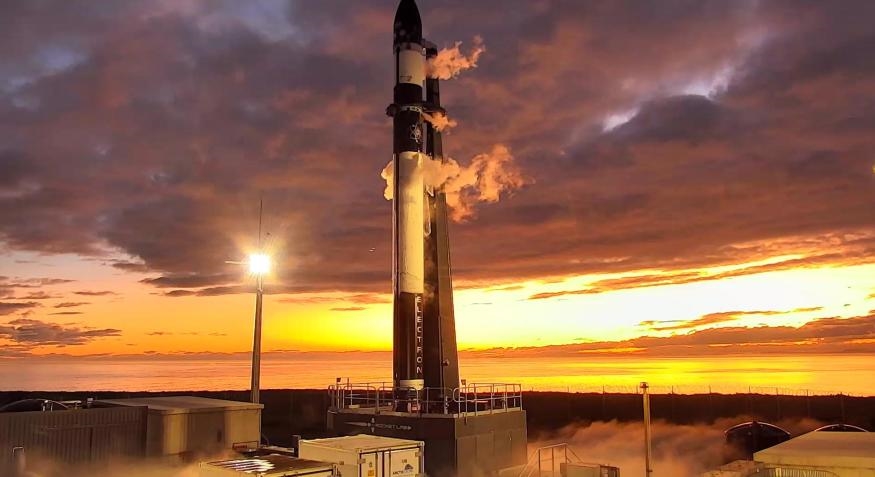NASA takes a step towards putting humans back on the Moon with CAPSTONE launch
Rocket Lab has successfully launched NASA’s 55-pound CAPSTONE cubesat that will eventually orbit the Moon if all goes to plan. It’s a small but important step in NASA’s Artemis mission that aims to send humans to the Moon for the first time since 1972.
The launch proceeded nominally according to NASA’s broadcast, reaching low-Earth orbit at about ‘T’ plus 10 minutes. An Electron launch is much like any other, except that it’s the first rocket to be electrically powered by batteries rather than a gas turbine. As such, there’s a phase called “battery ejection” which happens near the end of the launch cycle.
Rocket Lab used an Electron rocket with a special addition called the Lunar Photon upper stage with enough power to send it into deep space. It’s one of the smallest rockets to attempt to launch a payload to lunar orbit, the company said. It launched from Rocket Lab’s site on New Zealand’s Mahia Peninsula, and is “the highest mass and the highest performance Electron has ever had to fly by quite some margin,” the company told TechCrunch earlier.
CAPSTONE will orbit Earth for nine days to build up enough speed for a trans lunar injection (TLI) that will allow it to eventually orbit the Moon. The primary objective is to verify a type of highly elliptical lunar orbit called “near rectilinear halo” that’s planned for the Gateway space station. Gateway will eventually be delivered to lunar orbit by SpaceX with a science lab and living quarters for astronauts, along with ports for future spacecraft.

(30)
